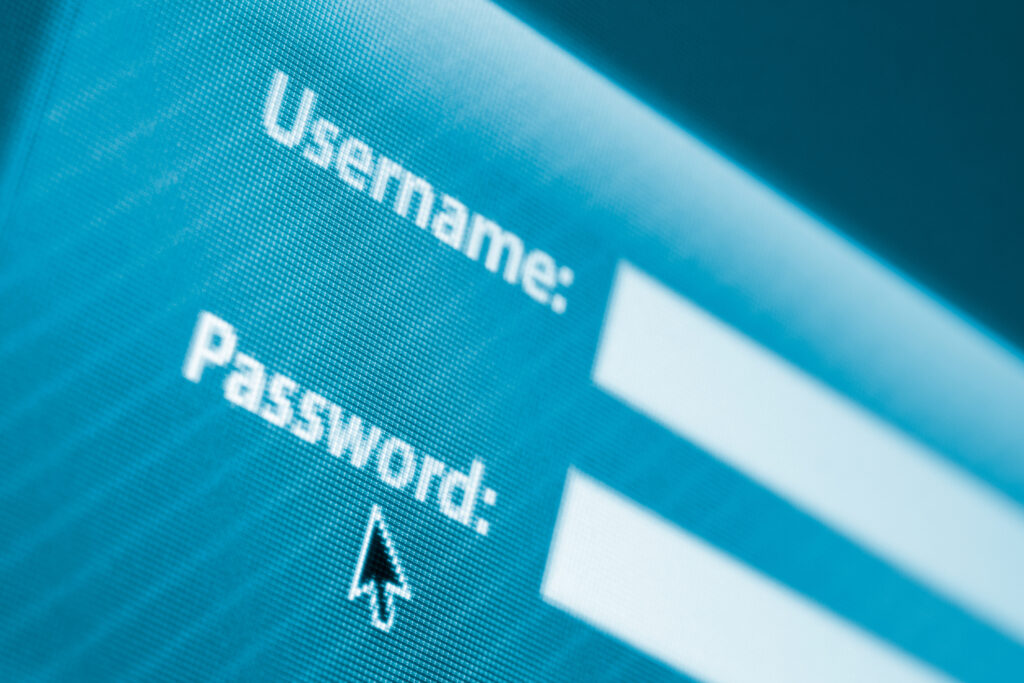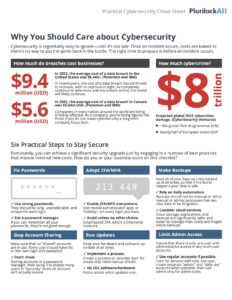In the vast and interconnected landscape of cyberspace, the protection of sensitive information is paramount. Credential sharing, a seemingly innocuous practice, has emerged as a significant threat in the realm of cybersecurity. This deep dive will explore what credential sharing is, why it matters, and provide an in-depth analysis of its importance in the context of cybersecurity.
Understanding Credential Sharing
Credential sharing refers to the act of sharing usernames and passwords among individuals, allowing multiple users to access a system or service using the same set of credentials. This practice may occur for various reasons, such as convenience, lack of awareness about security risks, or even malicious intent. Users may share credentials for streaming services, social media accounts, email accounts, or other platforms that require login credentials.
Common Scenarios of Credential Sharing
- Streaming Services:
-
- Users often share login credentials for streaming platforms like Netflix, Hulu, or Amazon Prime to avoid paying for multiple subscriptions.
- In educational or workplace settings, individuals may share access to online streaming services to access relevant content.
- Social Media Accounts:
-
- Friends or family members might share login details for social media accounts, thinking it’s harmless.
- This practice can lead to compromised personal information and unauthorized access to private conversations.
- Corporate Environment:
-
- Employees might share login credentials for work-related applications or systems to facilitate collaboration.
- This poses a significant risk in terms of data breaches and unauthorized access to sensitive corporate information.
Why Credential Sharing Matters
- Security Risks:
- Data Breaches: Shared credentials increase the risk of unauthorized access, leading to potential data breaches. If one user’s credentials are compromised, it puts all associated accounts at risk.
- Identity Theft: Credential sharing opens avenues for identity theft, as malicious actors can exploit shared accounts to gather personal information and perpetrate fraud.
- Compliance and Legal Issues:
- Many industries are subject to strict regulations regarding data protection and privacy. Credential sharing can lead to non-compliance with these regulations, resulting in legal consequences and financial penalties.
- Intellectual Property and Corporate Espionage:
- In a corporate setting, sharing login credentials can compromise intellectual property. Competitors or malicious entities could exploit this vulnerability for corporate espionage, leading to financial losses and damage to a company’s reputation.
- Abuse and Misuse:
- Shared credentials can be misused for unauthorized actions, such as posting inappropriate content on social media accounts or engaging in cyberbullying.
- In a business environment, shared credentials may be exploited for unauthorized transactions or manipulation of critical data.
- Erosion of Accountability:
- Credential sharing undermines accountability within an organization. It becomes challenging to trace actions back to individual users, hindering investigations into security incidents.
In-Depth Analysis of Credential Sharing’s Importance
- Economic Impact:
- The economic impact of credential sharing cannot be overstated. Organizations lose revenue due to unauthorized access and potential data breaches. In the entertainment industry, for instance, streaming platforms face substantial losses when users share account credentials instead of paying for separate subscriptions.
- Technological Challenges:
- As technology evolves, so do the methods employed by malicious actors. Credential sharing exploits vulnerabilities in user behavior and highlights the challenges faced by cybersecurity professionals in staying ahead of innovative threats.
- Human Factor:
- The human factor is a critical aspect of cybersecurity. Despite robust technological defenses, the weakest link in the security chain often remains the end-user. Credential sharing emphasizes the need for comprehensive cybersecurity education and awareness programs to instill responsible online behavior.
- Authentication Mechanisms:
- Credential sharing underscores the importance of robust authentication mechanisms. Multi-factor authentication (MFA) and biometric authentication become crucial tools in preventing unauthorized access even if login credentials are compromised.
- Adaptive Security Measures:
- Organizations need to adopt adaptive security measures that can detect abnormal usage patterns associated with credential sharing. Machine learning and artificial intelligence play a crucial role in identifying unusual activities and preventing potential security breaches.
- Legal Frameworks and Policies:
- Credential sharing necessitates the development and enforcement of clear legal frameworks and organizational policies. Companies must define and communicate acceptable use policies, detailing the consequences of unauthorized access and credential sharing.
- User Accountability:
- Fostering a culture of user accountability is essential. Organizations should emphasize the importance of individual responsibility in safeguarding access credentials. Regular training and reminders can reinforce these principles.
- Collaboration between Industry and Law Enforcement:
- The fight against credential sharing requires collaboration between the cybersecurity industry and law enforcement agencies. Sharing threat intelligence and coordinating efforts can enhance the collective ability to combat cyber threats.
Conclusion
Credential sharing is not a benign activity; it poses significant threats to individual users, organizations, and industries. The importance of addressing this issue cannot be overstated. Cybersecurity strategies must evolve to encompass not only technological defenses but also educational initiatives, legal frameworks, and a commitment to fostering a culture of responsible online behavior. As technology advances, the battle against credential sharing remains an ongoing challenge, emphasizing the need for continuous innovation and collaboration within the cybersecurity community. The consequences of overlooking this issue are far-reaching, impacting not only the security and privacy of individuals but also the economic stability and reputation of organizations on a global scale.













